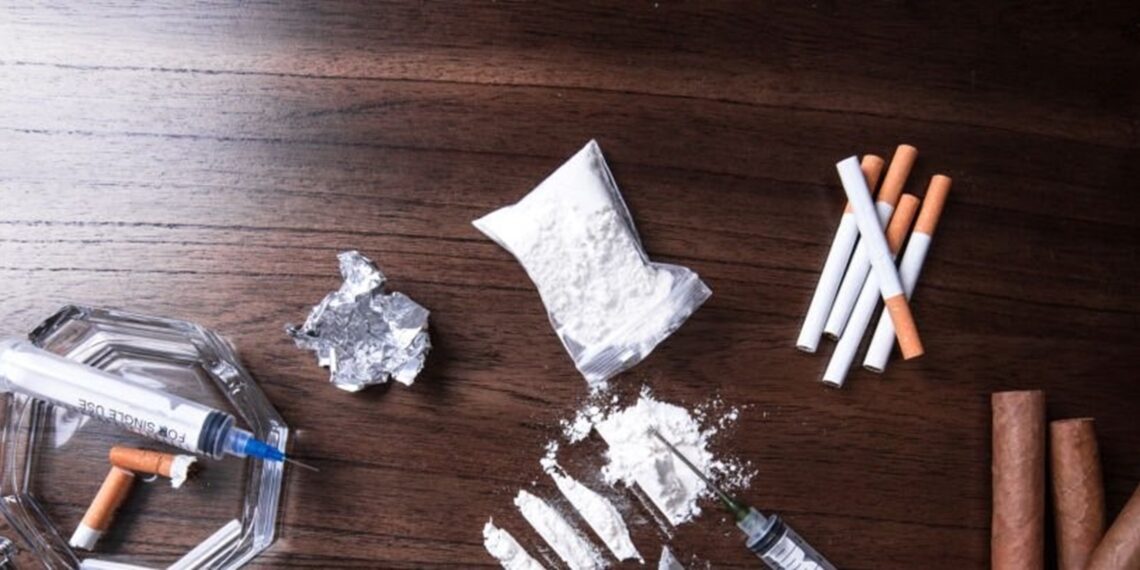Shillong: Drug initiation among Meghalaya’s youth is starting alarmingly early — in some cases at just 10 years old — far earlier than in neighbouring Manipur and Nagaland, where the average starting age is 22, according to a new study.
The findings, published in the April–June 2025 edition of the Indian Journal of Public Health, are based on research by the Indian Institute of Public Health, Shillong, and the Meghalaya AIDS Control Society.
Researchers interviewed 128 people enrolled in opioid substitution therapy across East Khasi Hills, West Jaintia Hills and East Jaintia Hills, along with 17 service providers.
The study recorded a mean drug initiation age of 19 years, with more than a third of respondents starting as minors and nearly a quarter while still in school.
Over 91 per cent of users were male, 80 per cent were employed in the unorganised sector, and more than half had less than 10 years of formal education.
Curiosity, family conflict, peer influence and stress relief emerged as primary triggers for drug use.
Heroin was identified as the most commonly injected drug, with daily expenditure ranging from Rs. 500 to Rs. 2,000 — and in some cases up to Rs. 2,500.
Access was described as “easy”, facilitated through marketplaces and mobile-based transactions.
Once initial sharing with peers ceased, many users turned to borrowing or stealing to sustain their habit.
Researchers noted that early exposure significantly raises the risk of long-term addiction, linking the pattern to the erosion of traditional community support systems.
Although polydrug use was uncommon, a progression from pills or marijuana to heroin was observed. High-potency variants such as ‘black tiger’ and ‘double tiger’ were flagged as particularly addictive.
Calling the trend a public health concern, the study urged immediate outreach programmes in schools and community settings to curb early drug initiation and tackle the growing problem.
















